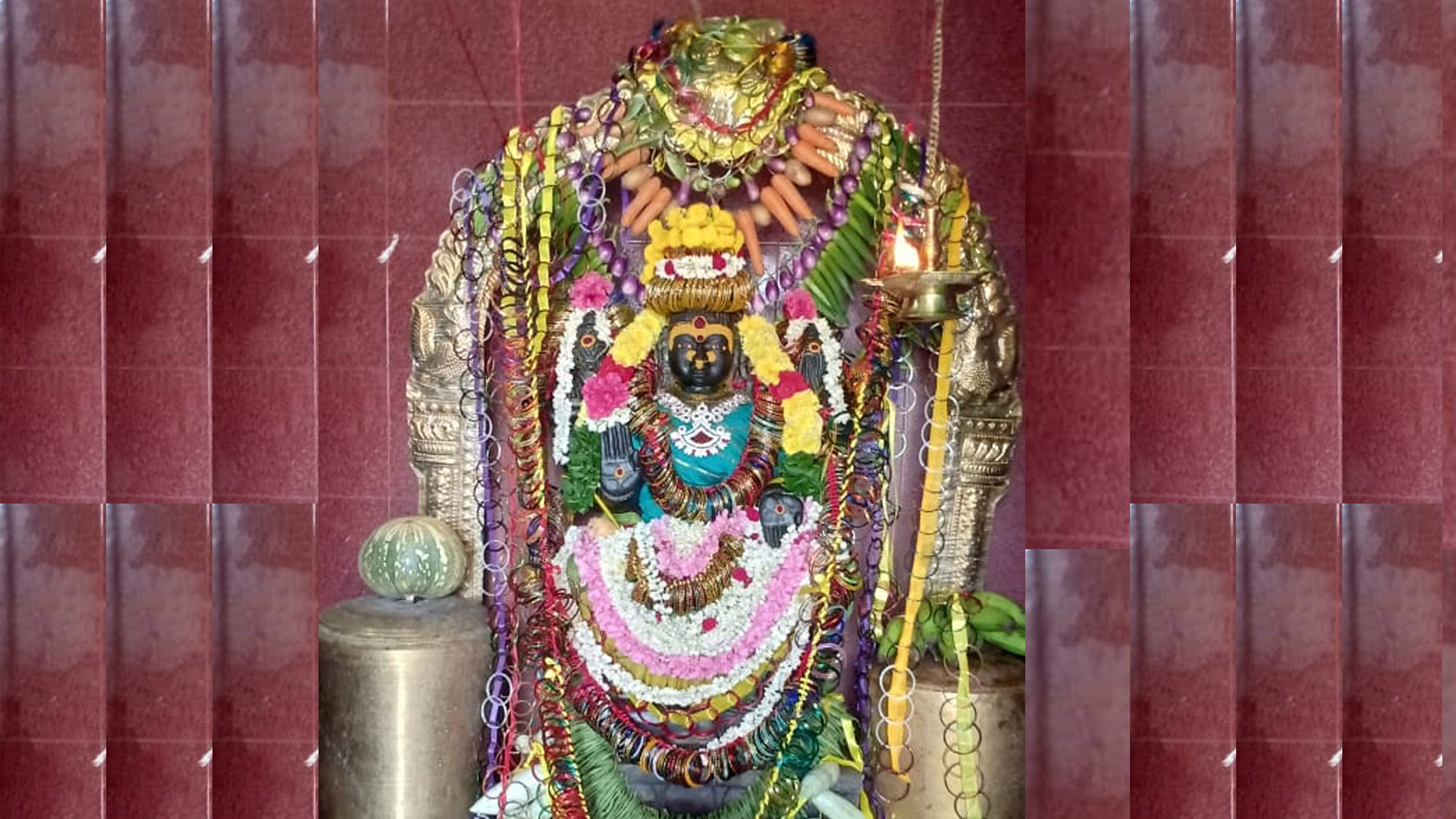

Mahakali - goddess of destruction of evil, andģ. Durga - goddess of strength and valour,Ģ. Another text which gives a listing of these shrines, is the Shakti Peetha Stotram, written by Adi Shankara, the 9th century Vedic philosopher. The Brahmanda Purana, one of the major eighteen Puranas, mentions the 64 Shakti Peethas of Goddess Parvati in the Indian subcontinent including present day India, Bangladesh, Nepal, Pakistan and Sri Lanka.

Shakti is the goddess of power and is the complete incarnation of Adi Parashakti. They are sprinkled throughout the Indian subcontinent. The Shakti Peethas ( Sanskrit: शक्ति पीठ, Tamil: சக்தி பீடம்) are places of worship consecrated to the Goddess Shakti, Parvati, Dakshayani, or Durga, the female principal of Hinduism and the main deity of the Shakta sect. The eagle took three dips into the ocean to atone for its sins against the Nagas in the Mahabharata, and hence, the Garuda and Naga resolved their longstanding feuds. He agreed and built a beautiful temple accordingly. The eagle agreed with one condition that the merchant should construct a beautiful temple for Sri Bhuvaneswari Amman on the island of Nainativu and that he shall propagate her worship in theįorm of Sri Nagapooshani Amman for universal peace, prosperity and humanity. He pleaded with the eagle to let the cobra go on its way without any harm. A merchant by the name of Maanikan from the Chola kingdom who was himself a devotee of Sri Bhuvaneswari Amman, was sailing across the Palk Strait to trade with the ancient Naka Nadu noticed the eagle and the cobra perched upon said rocks. Fearing harm from the eagle, the cobra wound itself around a rock (referred to in Tamil as Paambu Sutriya Kal "the Rock around which the Snake wound itself") in the sea about half a kilometer from the Nainativu coast, and the eagle stood on another rock ( Garudan Kal "the Rock of the Eagle") some distance away. An eagle ( Garuda) spotted the cobra and attempted to attack it and kill it. Another legend states that, many centuries later, a cobra ( Nagam) was swimming across the sea towards Nainativu from the nearby island of Puliyantivu with a lotus flower in its mouth, for the worship of Bhuvaneswari Amman (who had already been consecrated by Indra). She then took on the name of "Indrakshi" (Indra Eyed). The Queen of the Universe, Bhuvaneswari Amman, satisfied with Indra's utmost devotion, repentance and remorse appeared before him and transformed they yonis on his body into eyes. There, he is believed to have created, consecrated and worshipped the moolasthana murti of the Goddess to atone for his sins. Unable to face the humiliation, he went into exile to the island of Manidweepa ( Nainativu). Indra was ridiculed and referred to as Sa-yoni.

When the saint came to know, he cursed Indra to have a thousand marks resembling the yoni (female reproductive organ) all over his body. Indra disguised himself as the saint and proceeded to seduce and make love to Ahalya. The Sanskrit epic Mahabharata records that Lord Indra was overcome by his sexual desires for Ahalya, the wife of Gautama Maharishi. The Nagapooshani Amman Temple is believed to be originally established by Lord Indra while seeking alleviation from the curse of Gautama Maharishi. 2.3.6 Sri Bhuvaneswari Kalai Aranga Mandapam.2.3.4 Annapoorneshwari Annadhana Mandapam.Nayinai is the meaning of Nainativu in short or also the Shiva name, Nayinaar This temple is often referred as these names by major devotees: There is an estimated 10,000 sculptures in this newly renovated temple.

The annual 16-day Mahostavam (Thiruvizha) festival celebrated during the Tamil month of Aani (June/July) - attracts over 100,000 pilgrims. The temple attracts around 1000 visitors a day, and approximately 5000 visitors during festivals. The present structure was built during 1720 to 1790 after the ancient structure was destroyed by the Portuguese in 1620. The temple is a significant symbol for the Tamil people, and has been mentioned since antiquity in Tamil literature, such as Manimekalai and Kundalakesi. The temple complex houses four gopurams (gateway towers) ranging from 20–25 feet in height, to the tallest being the eastern Raja Raja Gopuram soaring at 108 feet high. The temple's fame is accredited to Adi Shankaracharya, a 9th-century Hindu philosopher, for identifying it as one of the prominent 64 Shakti Peethams in Shakti Peetha Stotram and its mention in the Brahmanda Purana. It is dedicated to Parvati who is known as Nagapooshani or Bhuvaneswari and her consort, Shiva who is named here as Nayinaar. Nainativu Nagapooshani Amman Temple is an ancient and historic Hindu temple located amidst the Palk Strait on the island of Nainativu, Sri Lanka.


 0 kommentar(er)
0 kommentar(er)
